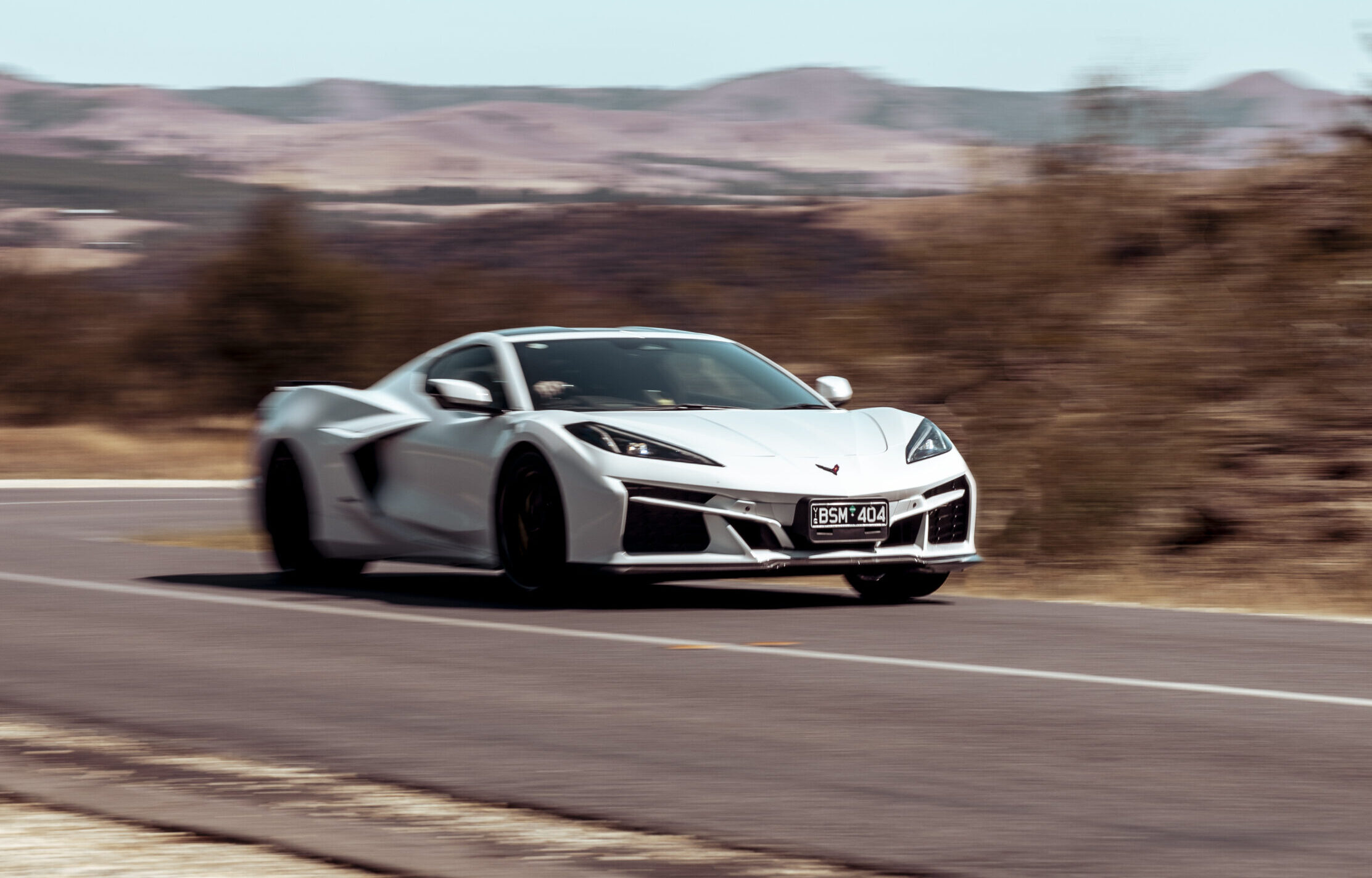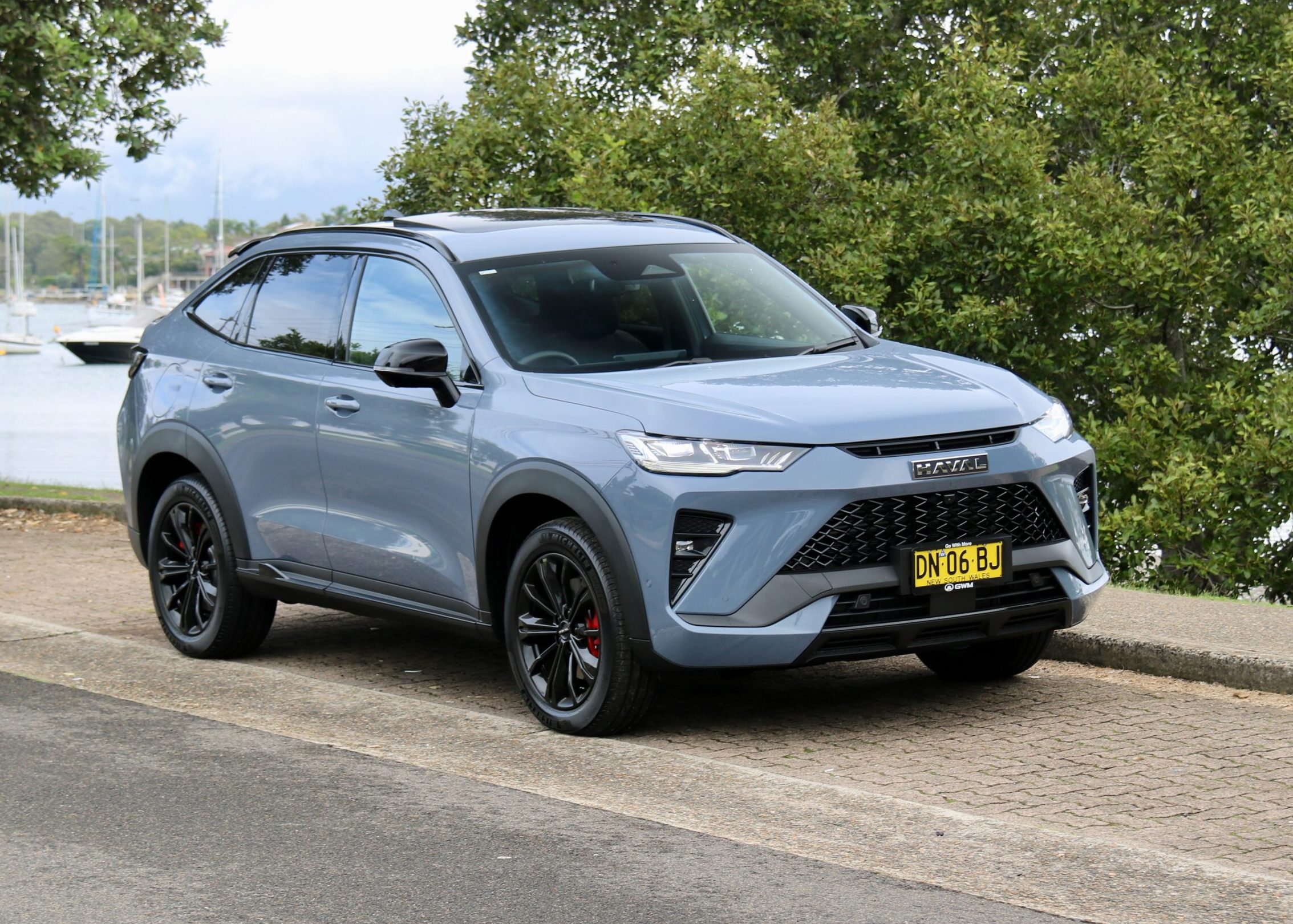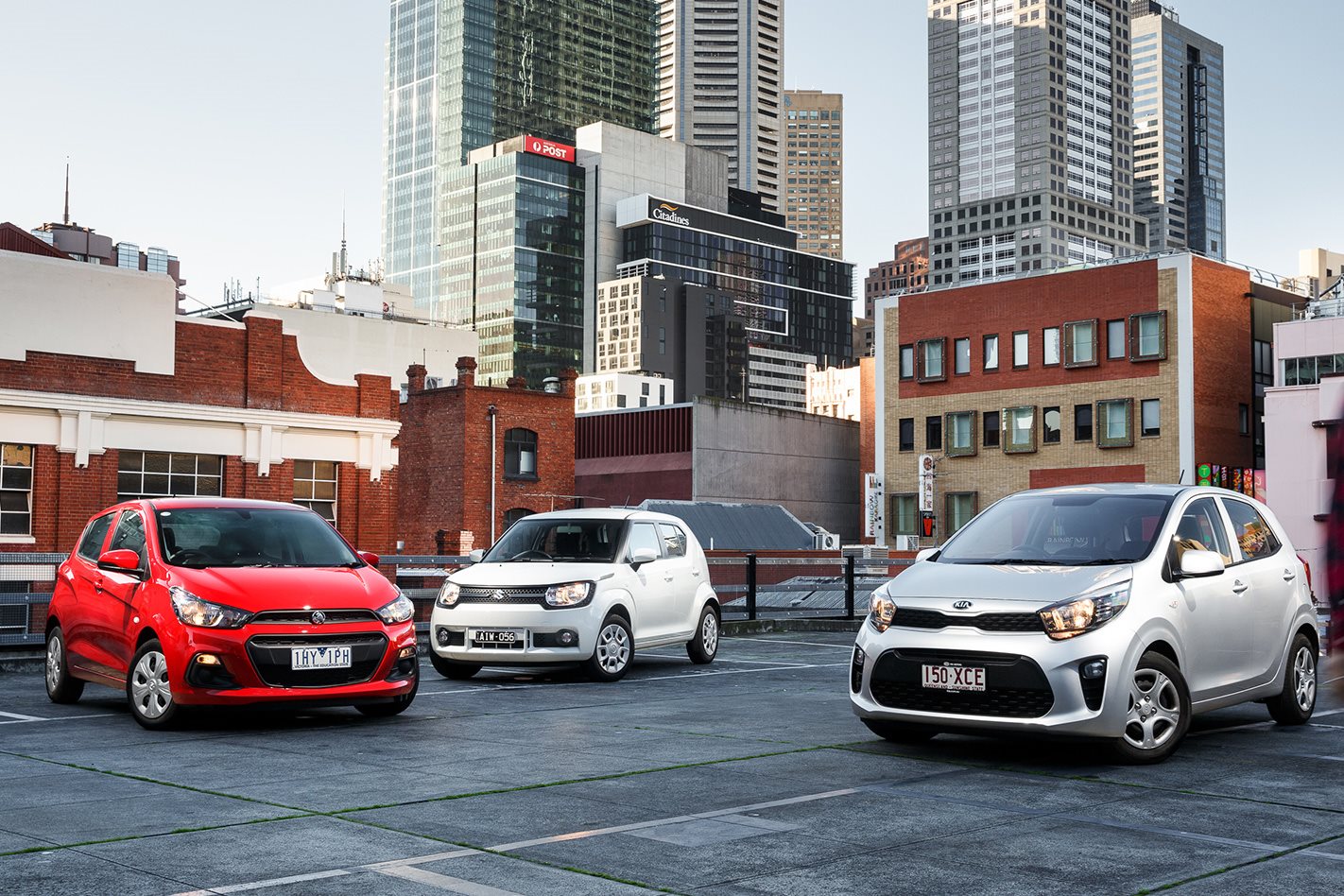
THERE’S a problem for car makers when things are going well for Aussie buyers. Cheap fuel prices and a roaring economy, combined with record-low interest rates, means anyone shopping around or a new car can afford to splash out a bit more.
That’s somewhat reflected in the micro car class – the playground of baby hatchbacks including the Suzuki Celerio, Mitsubishi Mirage and the Euro-chic Fiat 500 – where sales have struggled to grow. Why buy a tiddler when the next size up – the likes of the strong-selling Hyundai Accent, Toyota Yaris and the Mazda 2 – are but a short stretch of the budget away?

This year, there are a couple of new players in the tiny tot sandpit. What’s different? An all-new Kia Picanto has arrived, looking fresh-faced and classy in its third-generation form. And then there’s the equally box-fresh Suzuki Ignis, classed as an SUV in official numbers due to its tall, squared-off shape and the badge’s high-riding hatch heritage, but here we’re going to call it what it really is – a snug-sized, city-friendly hatchback.
In this comparison, we’ll put them up against the best of last year’s breed, determined by Wheels as the Holden Spark. Wheels staffers were very impressed with how far forward the Spark moved the compact city car game, but last time around it only just nudged out the previous-generation Picanto. Has the game now moved forward even further?
PRICE AND EQUIPMENT | WINNER: KIA PICANTO
There’s a large spread of prices in this segment, starting with the cheapest, the Holden Spark. The LS tested here, fitted with a slick-shifting five-speed manual gearbox, is priced from $13,990 and introduces a soft-touch hatch release, reversing camera and cruise control – features that even a couple of years ago were firmly on the options list in this class. However, jump in the back seat and you’ll notice wind-up windows, not electric.

All cars here come with a five-speed manual gearbox, digital trip meters, colour touch screens for the multimedia system, reversing camera, air-conditioning, cloth seats, flip-forward anti-glare rear vision mirrors, electric side mirror adjustment, central and remote locking, luggage space covers and rear-window demisters.
At $14,190, the Kia Picanto S is slightly less than $300 more expensive than the Holden. The Picanto betters the Spark by including powered rear windows, rear disc brakes replacing the lower-cost drums, adding distance sensors to the reversing camera, an auto-up driver’s window, rear window locks to keep kids’ fidgety fingers at bay and a speed limiter function to the cruise control. The big difference, though, is an extra four years of warranty over the Holden, providing seven years of cover.
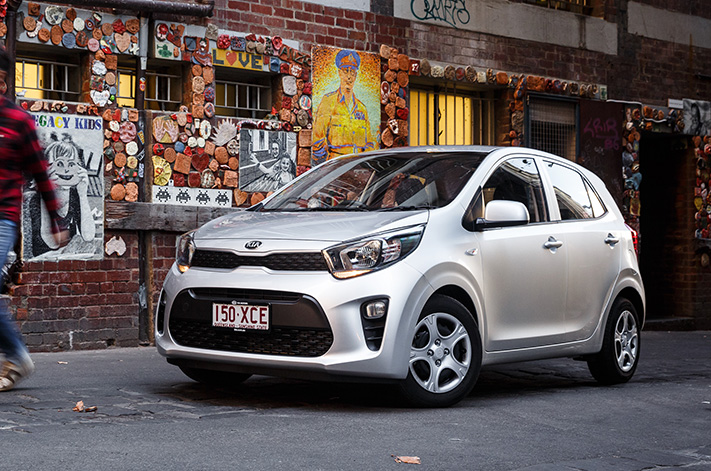
The Suzuki Ignis GL is almost $2000 more expensive, priced from $15,990. But rather than have to rely on plugging in a smartphone, the Ignis has in-built satellite navigation (although like the other two here, you could still use either Apple CarPlay or Android Auto’s nav function). It also uses drums for the rear wheels, but the steering wheel – which, like the Picanto, includes cruise control with a speed limiter function – is wrapped in leather, not plastic.
Add to that, the Ignis looks like nothing else on the road, it also includes reversing sensors, and under the bonnet there’s a turbocharged engine – the only performance-enhanced four-cylinder powerplant among this lot.

And it’s the only one here, too, with a couple of disappointing old-school throwbacks; a non-flip key, and mechanical lever-style hatchback release. The Ignis matches the Spark’s three-year, 100,000km warranty.
INTERIOR AND VERSATILITY | WINNER: KIA PICANTO
The Kia Picanto and the Holden Spark have some of their dimensions in common. They share the same 3595mm length and 1595mm width. Where they differ is in height, where the Picanto sits 9mm higher, and the distance between the front and rear wheels, where the Picanto is again 15mm longer.
All are comfortable behind the wheel, although none of these cars have steering reach adjust, only height. The Spark has a great driving position, and the Picanto and the Ignis good. The Ignis and Spark have the speedo central in the instrument cluster with a smaller tacho to one side; the Picanto has a more traditional layout of same-size tacho on the left and speedo on the right.

Small item storage in each of these cars is better than some of the larger hatchbacks out there. The Holden Spark has nifty Volkswagen-style flip-out cupholders, the Ignis a strange, shallow slot in the dash for the front seat passenger, and the Picanto has buckets of stash space.
In terms of layout, the Spark feels the most conservative of this lot, featuring oh-so-yesterday chrome trim and cookie-cutter layout. In contrast the Picanto’s interior feels freshly designed, while the Ignis’s edgy looks – ours had optional orange and white inserts offsetting the black plastics – goes with a more playful theme.
Big differences appear when you open a rear door. Compared with the Picanto, rear-seat space in the Spark is very tight, not helped by a sea of dark plastics and noticeably more road noise. There’s adequate toe room, but the front seat will rub up against all but the smallest passengers’ knees, and the upright, flat seat back offers little support. In contrast, the Picanto’s rear pew is supportive, includes bright faux brushed aluminium highlights and is more reclined, with adequate room even if it does have the same very knees-up attitude as the Spark.

But it’s the Picanto’s tall, airy seating position that’s the best of the nosebleed sections here, largely thanks to a 105mm length, 65mm width, 110mm-plus height and 35mm-plus wheelbase advantage. While this sounds good, the reality is that it is marred by a too firm and flat cushion, and a too upright seat back that, over rough roads, doubles the rear-seat passengers’ spines as shock absorbers.
It’s also the easiest to get in and out of thanks to that extra height and doors that open almost to a right angle. The Picanto does well, with big rear doors that swing wide of the body. The Spark is well behind the game, though, with a small aperture and sharply angled door openings hampering access.
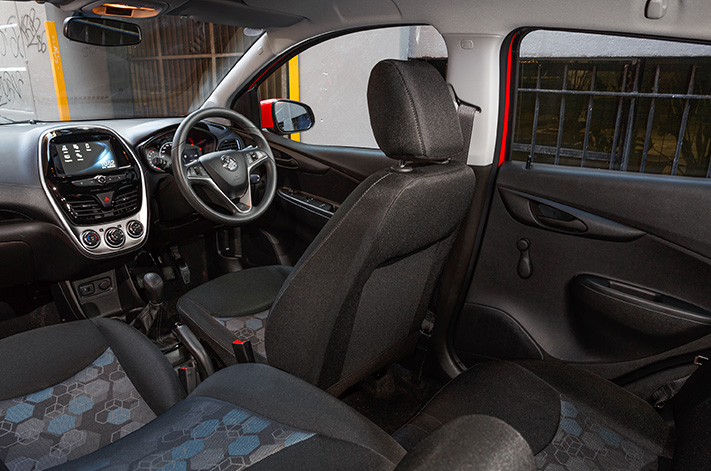
Back-seat passengers in all three of these cars will have to fight over the single cupholder available to them.
The Holden Spark has the smallest boot at 185 litres, which expands to 985L when the rear-seat cushions are flipped forward and the rear seatbacks split-fold to provide the only flat load space here. The Kia is better at 255L/1010L but doesn’t give a flat load space, while the Ignis’s 271L/1101L load space – again lacking a flat load space – crushes the opposition.
PERFORMANCE AND ECONOMY | WINNER: SUZUKI IGNIS
At just 1.2 litres naturally aspirated, the Suzuki’s engine is the smallest one here. Producing only 66kW and 120Nm of pulling power, it measures up as strong performer of this lot. It returned the skinniest fuel figure on test, too; just 6.4L/100km in a mix of driving against an official combined figure of 4.7L/100km. Thank its low mass for that – it’s the lightest and thus most spritey of this lot, meaning that on paper and in real life it’s in with a chance of winning the traffic light sprint despite modest output.
There’s not much to separate the Spark’s all-new 73kW/124Nm 1.4-litre engine and the smaller 63kW/120Nm 1.2-litre one powering the Picanto. But the Spark engine lacks just that, falling a bit flat low in the rev range where you need it most in gear changes, while the Picanto’s very linear acceleration outshines it even though it’s a significantly smaller engine.
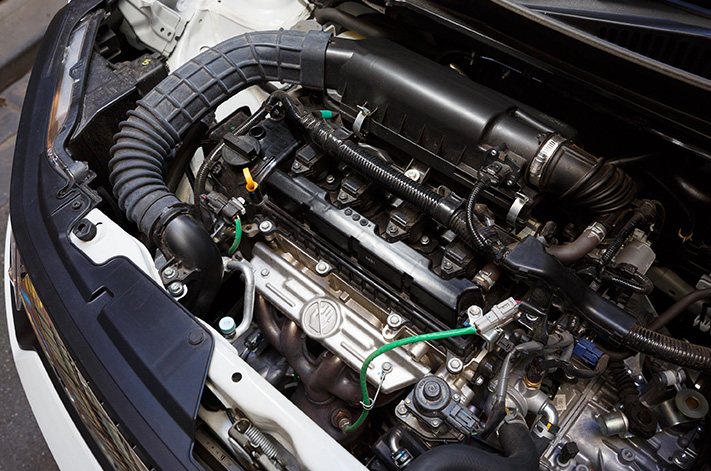
The Picanto did well on test, recording a 6.6L/100km fuel used against an official 5.3, while the Spark posted a slightly disappointing 6.9L/100km on test, well up on its official 5.2L/100km combined average.
All had sharp-shifting manual gearboxes. The Spark’s clutch pedal lacked feel, though, making it a bit difficult to find the bite point.
RIDE AND REFINEMENT | WINNER: HOLDEN SPARK
What impressed us last time about the Holden Spark was its big-car feel on the road. Despite its tiny proportions, the smallest car on test gives you the impression you’re driving something much larger. It’s also had significant work from Holden to Australianise how it soaks up the road, and it’s all the better for it, even if road noise, particularly from the rear, is borderline unacceptable.
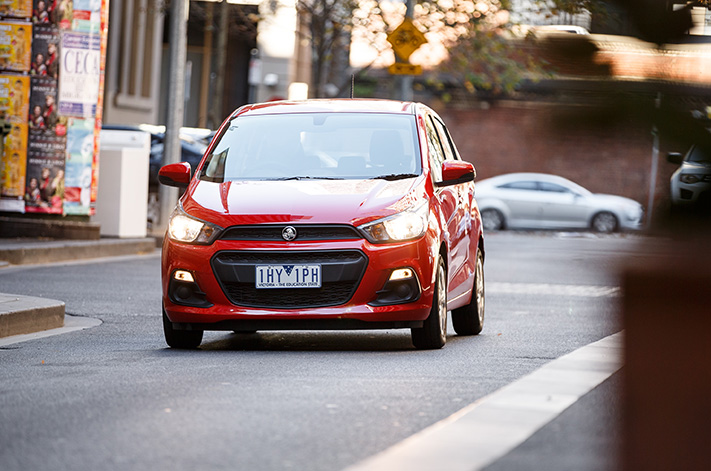
Likewise, the Picanto feels light and alert, but not to the same extent as the Spark.
The standout here is the Ignis, and not for good reasons. The front suspension takes the rough and tumble of Aussie roads in its stride, but the back end struggles, particularly under load. Fill the back seats and hit a big bump, and you’ll feel the rear suspension kiss the bump stops.
STEERING AND HANDLING | WINNER: KIA PICANTO
The easiest way to sum up the Spark’s steering is to call it fluid, measured and balanced. It’s all part of that big-car feel we discussed a bit earlier. It feels well-planted on the road, and corners on its skinny 14-inch Continental tyres with confidence and predictability.
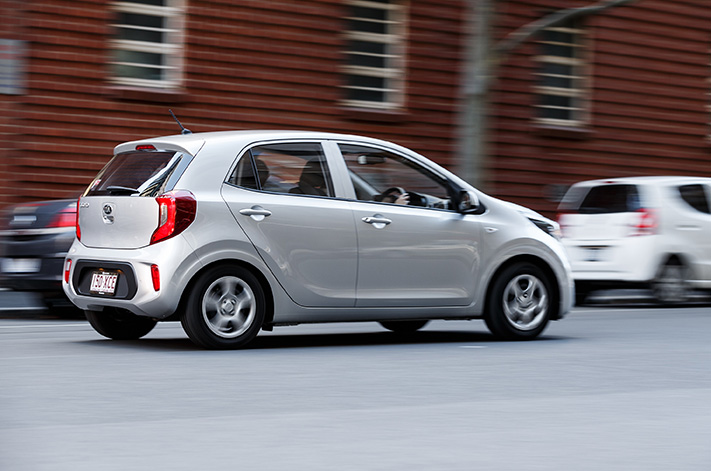
The Kia Picanto feels much the same as the Spark, but somehow lighter on its feet via the 14-inch Kumho tyres, more agile and with less road roar bouncing around the cabin. If you like driving, it’s a real bonus.
Again, the Ignis stands out alone, and not for a good reason. Its steering is slow, needing more turns to get around a tight corner, and the grip from its 14-inch Dunlop low rolling resistance tyres – all the cars here were wearing the harder-wearing rubber – was significantly behind the other cars tested.
VERDICT | WINNER: KIA PICANTO
After years of churning out cheap and somewhat cheerless product, Kia seems to be turning a corner.

While the Kia Picanto is not quite as polished on the road as the Holden Spark, it is thriftier on fuel, has roomy rear seats, suppresses more road noise and is better-equipped. Not only that, but the seven-year warranty extends four years and many more kilometres beyond those of its rivals. The benchmarks the Spark set last year have already been overtaken.


